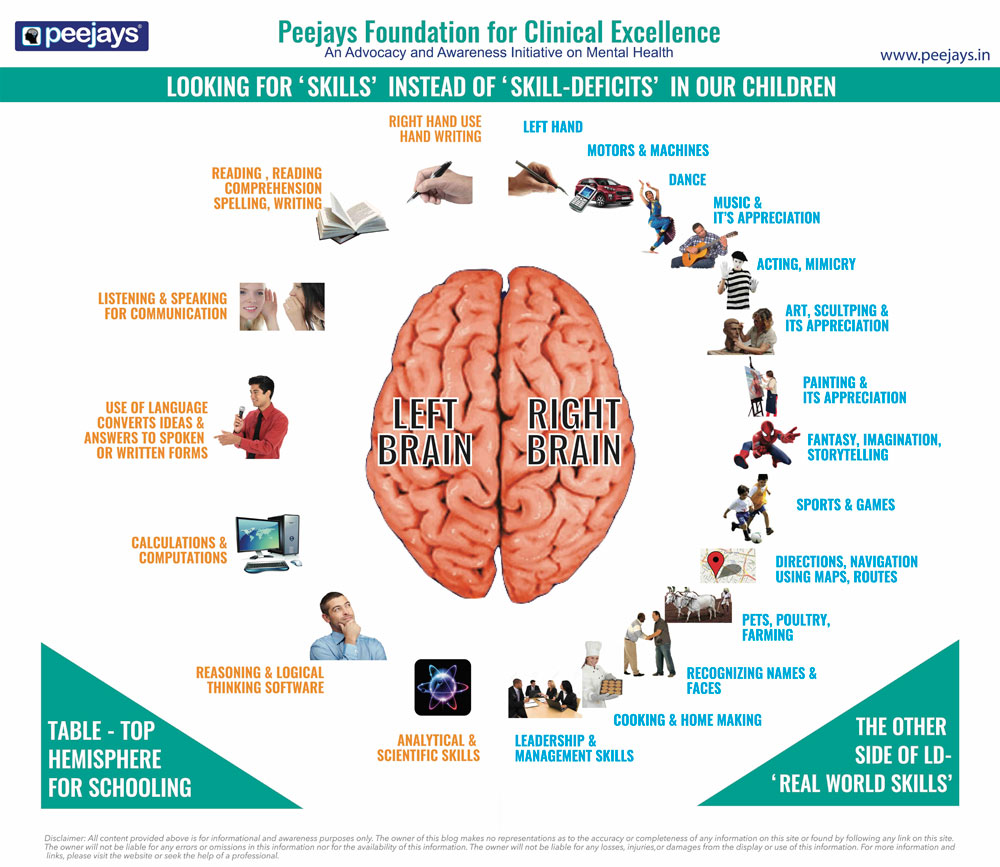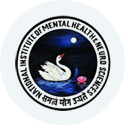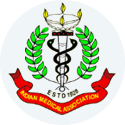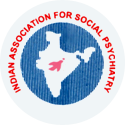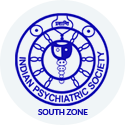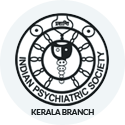The New Science of ‘Mind’
The ‘Brain’ generates the ‘Mind’. Technology has made it possible today to see from where the Mind functions from within in the Brain.
By using neuro-imaging techniques, it is now possible to peep into live brain cells as they go about performing the functions of the mind. We know today that specific neuro chemicals act upon specific neural circuits to produce attention, memory, thoughts, emotions or any other of our mental functions. Today, we can ‘see’ the mind.
Relationship between Neurology and Psychiatry:
Neurology and Psychiatry explore the biology of the same neuronal tissues; psychological disorders are understood today, as disorders of the Brain. Psychiatry is the application of basic neuroscience to day-to-day human problems. Therefore, psychiatry is a pure branch of Medicine and not psychology. We now know that psychiatric disorders are physical disorders. This means psychiatrists are primarily physicians.
The firing of neurons moves a limb, similar action also produces our feelings of pain or pleasure. Physical symptoms arising from psychiatric or mental problems are not just patients’ ‘feeling’. Physical symptoms of illness reflect structural issues in the brain. These issues in the neuronal structures are visible today through neuro imaging technology.
Neurology and Psychiatry share the most complex object in the universe – the Human Brain. Every mental function is generated by billions of neurons and regulated by trillions of neural connections and circuits that are shared by neurology and psychiatry. These billions of cells regulate the body, direct our behaviour and store a lifetime of memories and thoughts, through trillions of connections and brain circuits. Thus Neurology and Psychiatry are co-related.
Physical Manifestations of Mental Disorders:
Malfunctioning neural circuits cause malfunctioning of the mind, which appears in the form of Anxiety, Depression, Schizophrenia etc. in the individual. Therefore, restoring these circuits involves targeting specific neurotransmitters and their neurons through therapy, environmental
changes, meditation, medications or combinations of these.
The physical symptoms of depression include loss of pleasure, constant gloom, fatigue, lethargy and a range of physical symptoms. 69% of diagnosed depressed patients talk to a general physician about the physical symptoms like a headache, backache, gastro intestinal problems etc. and not about any mental distress. Depression is a neuropsychiatric disorder and therefore a ‘physical disorder’.
Many physicians treat these patients with anti-anxiety agents and patients feel better – initially. But the unaddressed depression progresses to become chronic and treatment-resistant. The cutting – edge in treating psychiatric disorders today is to identify the culprit neural circuit and treat it with the appropriate corrective medication. This application of biochemistry to behaviour confirms Psychiatry as a Neuroscience and an absolute branch of Medicine; this is the New Science of Mind.
Dr. Philip John MD (Psych)
Director, Peejays Foundation for Clinical Excellence
An Advocacy and Awareness Initiative
www.peejays.in
Disclaimer: All content provided on this blog is for informational purposes only. The owner of this blog makes no representations as to the accuracy or completeness of any information on this site or found by following any link on this site. The owner will not be liable for any errors or omissions in this information nor for the availability of this information. The owner will not be liable for any losses, injuries, or damages from the display or use of this information.
